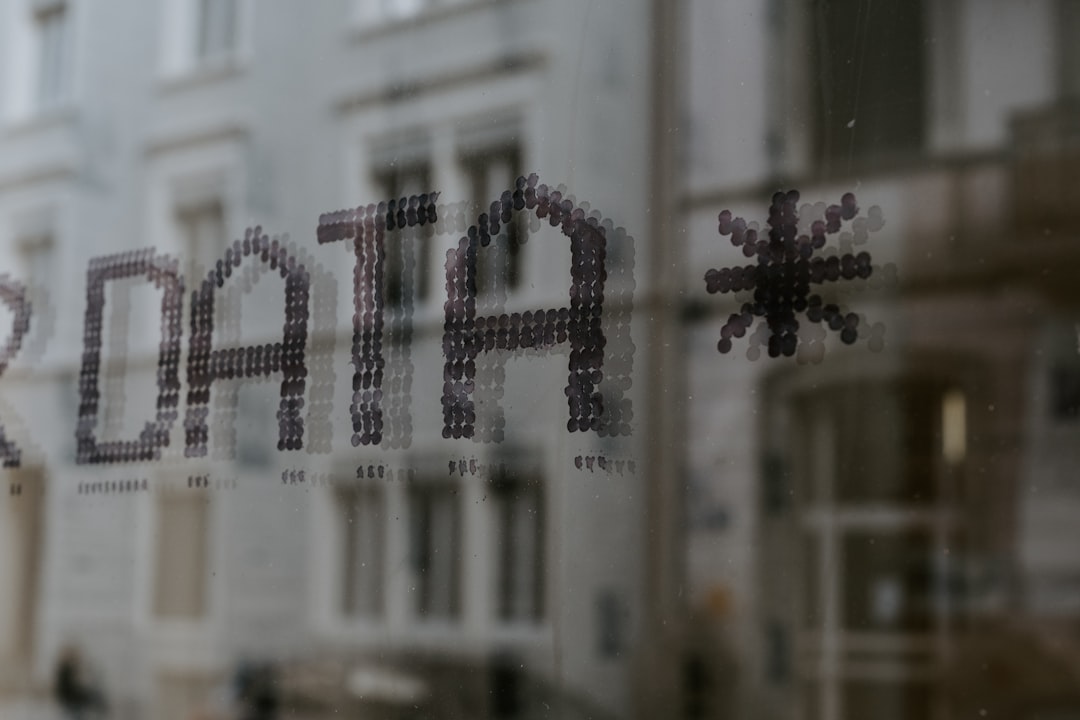
The Comprehensive Guide to Economic Theories and Applications.
# Introduction. Economic theories serve as the backbone of our understanding of how economies function, influencing the decisions of policymakers, businesses, and everyday individuals. As we navigate the complexities of global trade, inflation, unemployment, and market dynamics, it is essential to grasp the core principles of economic theories and their practical applications. This guide aims to break down various economic theories, offering readers valuable insights and contextual applications across different sectors. # Classical Economics: Foundations of Economic Thought. Classical economics, originating in the late 18th century, laid the groundwork for modern economic thought. Spearheaded by pioneers like Adam Smith and David Ricardo, its foundational beliefs include the idea of free markets, the invisible hand, and the importance of competition. Smith's seminal work, "The Wealth of Nations," argues that individuals seeking to maximize their self-interest inadvertently contribute to broader economic prosperity. Classical theory emphasizes the efficiency of markets, where supply and demand dictate prices through voluntary transactions. This philosophy promotes minimal government intervention, as proponents argue that free markets naturally regulate themselves. Additionally, classical economics has nurtured the development of pivotal concepts such as GDP measurement, international trade theories, and labor division. While current macroeconomic events reveal shortcomings, classical principles continue to influence policies in advanced economies. # Keynesian Economics: Responding to Economic Crises. A stark contrast to classical thought emerged during the Great Depression, modern Keynesian economics was developed by John Maynard Keynes in the 1930s. Keynes challenged the notion that markets could self-correct, emphasizing that aggregate demand is crucial for economic recovery during downturns. He advocated for government intervention through fiscal policies to stabilize economies, promoting public spending to stimulate demand and minimize unemployment. Keynesian theory introduced concepts like the liquidity preference theory and the multiplier effect, showcasing how government spending can disproportionately increase output. Additionally, it remains influential in times of recession, where policymakers use stimulus packages to revive economic conditions. Despite criticism regarding increased public debt, Keynesian economics significantly impacts contemporary monetary policy and macroeconomic frameworks. # Monetarism: The Role of Money Supply. Emerging in the late 20th century, monetarism, led by economist Milton Friedman, recognizes the crucial role of money supply regulation in controlling inflation. Monetarists argue that the economy operates efficiently under a stable inflation rate dependent on the amount of money circulating in an economy. They criticized Keynesian policies, specifically the reliance on fiscal measures, as temporary solutions to economic challenges. Friedman’s famous assertion that “inflation is always and everywhere a monetary phenomenon” underscores the monetary theory. The core principle advocates that altering the money supply can ease or exacerbate fiscal issues. Central banks often implement monetarist ideas, reflecting in inflation targeting and interest rate adjustments to regulate economic conditions. Monetarism's significant impact can be seen in central banking practices worldwide. # Behavioral Economics: The Influence of Psychological Factors. As the study of economics evolved, the significance of psychological influences on economic decision-making gained attention, leading to the establishment of behavioral economics. Pioneered by thinkers like Daniel Kahneman and Richard Thaler, behavioral economics investigates how emotions and cognitive biases impact consumer behavior and financial decisions. This sector challenges the assumption of rationality found in classical and neoclassical perspectives, unveiling phenomena like loss aversion and the endowment effect. Understanding these biases helps businesses tailor their marketing strategies while also allowing policymakers to formulate frameworks that can incite desirable behaviors in consumers. Behavioral economics is widely applied in various sectors, especially in public policies designed to promote public health, fiscal responsibility, and environmental sustainability. # Applications Across Industries and Sectors. Economic theories provide a valuable framework applicable across different sectors, including finance, healthcare, education, and technology. In finance, understanding market behavior through behavioral economics allows firms to design better financial products, while classical economic principles guide investment strategies. In healthcare, economic theories inform policymakers on resource allocation, pricing strategies, and cost-benefit analyses. Education sectors utilize both classical and Keynesian principles to assess funding impacts on student outcomes. The technology industry hinges on concepts like innovation, competition, and market structure, drawing from various theories to navigate evolving demands. # Conclusion. In conclusion, grasping economic theories is instrumental for understanding today's rapidly changing global landscape. Each theory, from classical economics to modern behavioral insights, offers frameworks for interpreting market dynamics and informing decisions across sectors. By analyzing and applying these diverse theories, individuals and organizations can navigate economic complexities more effectively, enhancing their capacity to make informed choices that resonate with their circumstances. Through the lens of economic theory, policy impacts become evident, allowing stakeholders to advocate for informed decision-making and research efforts with a clearer understanding of the intricate interplay between industries, consumers, and governments. Embracing the diversity of economic thought creates a richer discourse, fostering collaborative efforts towards achieving sustainable economic growth. .







